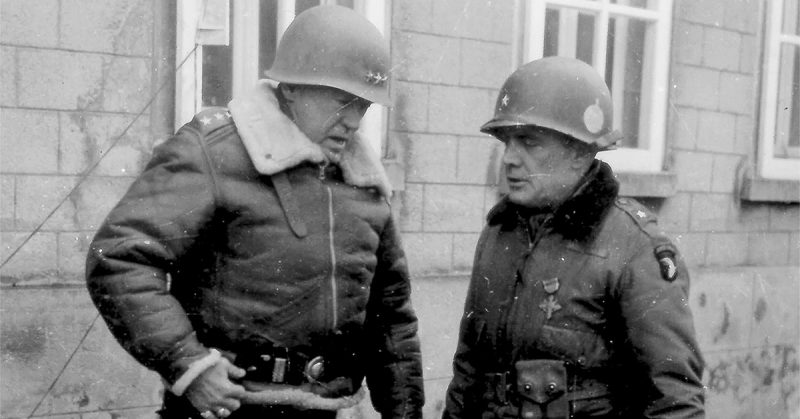The Battle of the Bulge was Hitler’s last desperate gamble to win the war on the Western Front. It was 1944, and Hitler’s armies were being driven back on every front. In the west, Allied armies were chomping at the bit to get into Germany proper. Allied Forces were poised along the Belgian and French borders to strike into the heart of Germany.
But Allied supply lines were stretched to the max. Troops were supplied using truck convoys stretching back to Antwerp in Belgium as well as all the way back to the French coast in Normandy. Allied commanders decided to call a halt to the advance while units rested and were resupplied.
Hitler decided that this was his big chance. German supply lines had never been shorter. In some cases on the Western Front, equipment was taken straight from the factory to the front line. This was especially the case with newer Wonder Weapons like King Tiger tanks and the all-new STG-44 assault rifle.
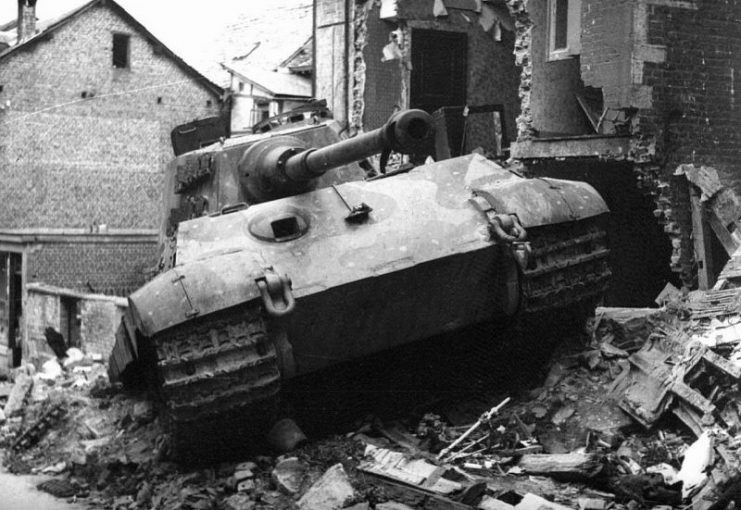
Hitler was determined to force the Allies back from the German border, capture the port at Antwerp, and perhaps even force the Western Allies to sue for peace so he could concentrate on the Soviets who were pressing Germany from the East.
The weather and war-weariness were certainly on his side. The weather during the German build-up was terrible, preventing Allied observation of German preparations for the attack. Allied planes were grounded by some of the worst weather in decades thus denying observation or close support to American forces.
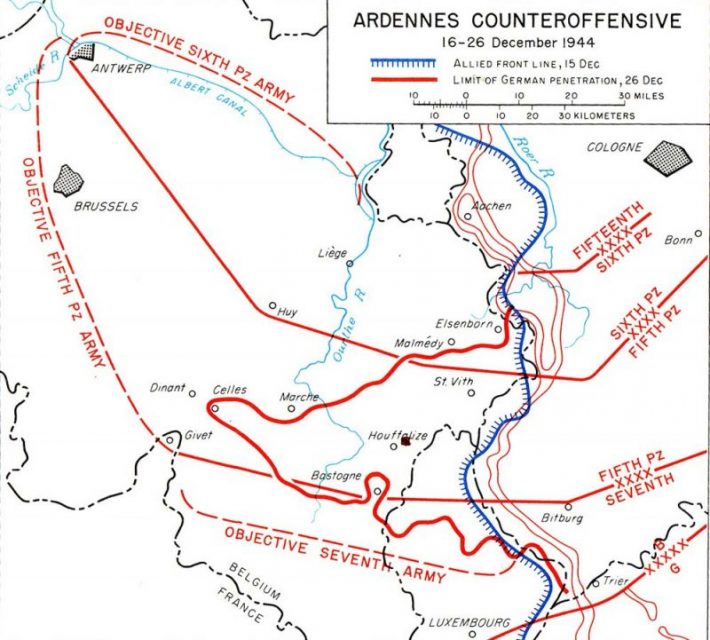
Even when information about German plans was relayed, Allied commanders almost universally disbelieved it. Many rumors expected the war to be over by Christmas. No one thought the Germans had any kind of strength left, especially not for a major offensive.
So, when the Germans attacked and rapidly gained ground, it took the Allies by surprise.
The Germans advanced quickly, hoping to seize important supply bases, bridges, and road networks such as the important crossroads of Bastogne in Belgium. This vital crossroads was being held by a small garrison of American troops.
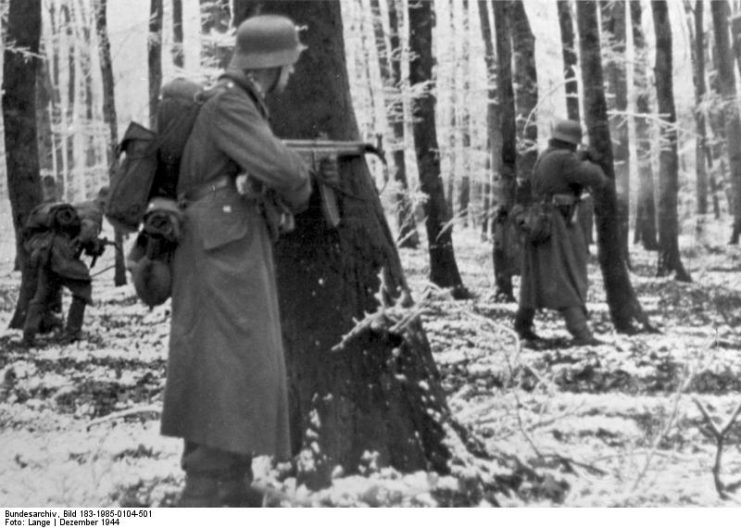
The only Allied Commander whom it seems made any kind of preparations for a German counterattack was General George Patton, Commander of the U.S. Third Army. Before instructions from high command had even come down, he had already prepared his units to advance and attack the Germans surrounding Bastogne.
Meanwhile, the terrible weather and even worse siege of Bastogne continued. If the Germans were going to seize Antwerp, they had to conquer Bastogne first. As long as the Americans there kept fighting, they could not advance. German offers of surrender terms for the Americans were met with the famous response of “Nuts.”
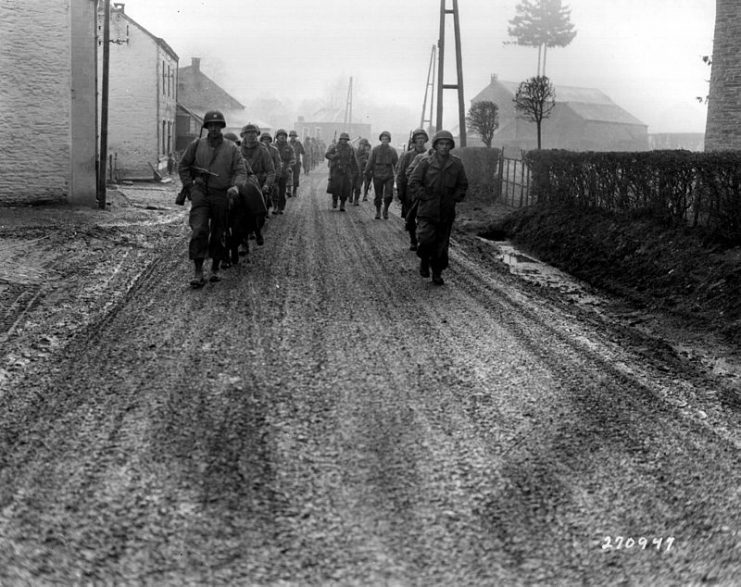
The Americans would try to hold out for the help they had been promised.
As well as having faith in his highly trained and battle-experienced troops who had raced across Europe following the Normandy invasion, Patton also sought help from a higher power.
Even before the German counterattack had begun, Patton instructed the chaplain of the Third Army to write a prayer. Patton wished to have God intercede on the side of the Allies against the Nazis.
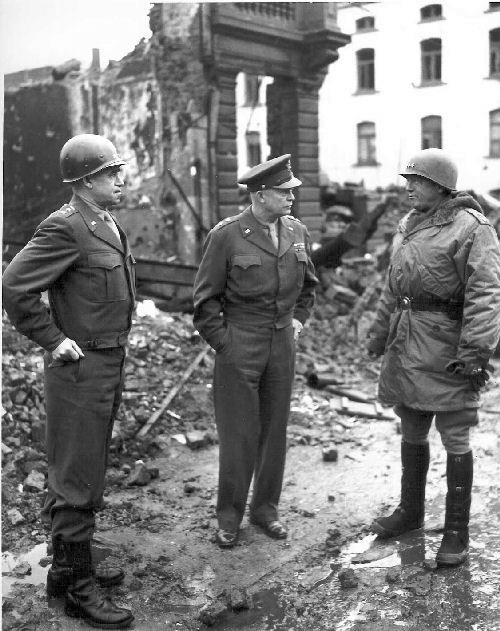
The priest did as instructed and prepared a most fervent and eloquent prayer. This unique prayer for good weather for battle was possibly one of the most effective in history. Patton proceeded to have this prayer printed out and distributed to every one of the men serving in the Third Army.
The morning of December 22 would dawn sunny and clear as an early Christmas present to Bastogne. Allied planes were no longer grounded, and supplies were dropped in. Americans inside and outside Bastogne went full force after the Nazi spearheads. The temperature warmed up and roads improved.
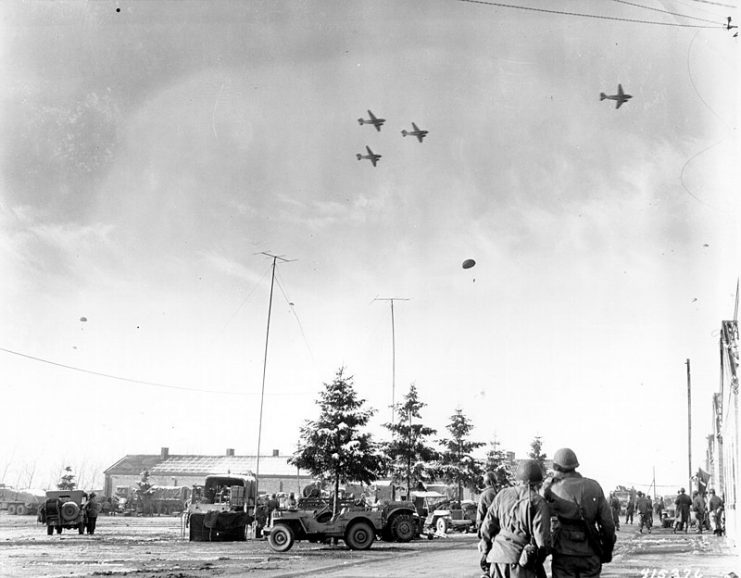
Within several days, Allied troops had linked up with the plucky defenders of Bastogne. The siege was broken and, with it, any hope of victory for Germany. The chaplain meanwhile was given a medal by Patton both for his prayer and his apparent good terms with the Lord.
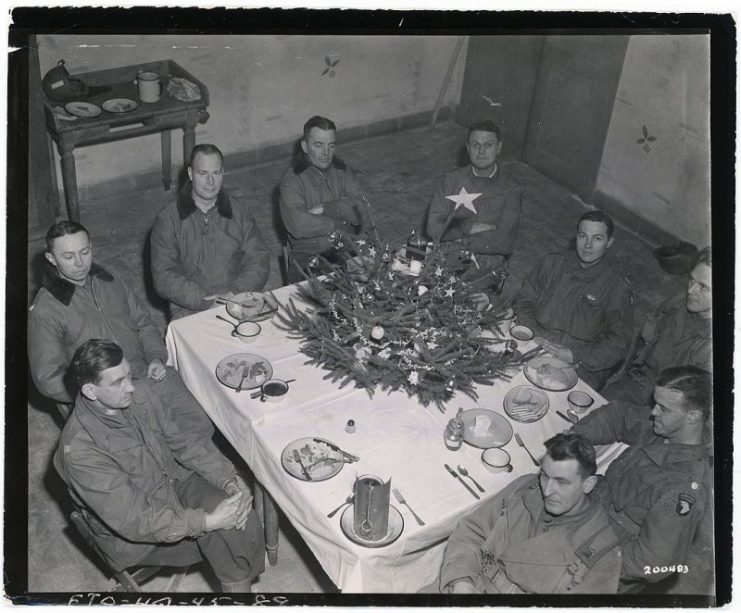
You might ask what exactly was this prayer which proved so effective. It read as follows:
“Almighty and most merciful Father, we humbly beseech Thee, of Thy great goodness, to restrain these immoderate rains with which we have had to contend. Grant us fair weather for Battle. Graciously hearken to us as soldiers who call upon Thee that, armed with Thy power, we may advance from victory to victory, and crush the oppression and wickedness of our enemies and establish Thy justice among men and nations.”
Read another story from us: How Germany Prepared for the Battle of the Bulge
Even to this day, careful searching of antique stores and military surplus shops will usually come up with at least one copy of this prayer. Many collectors consider it a prized piece of memorabilia for the Battle of the Bulge. It has certainly gone down in history as one of the more effective usages of prayer.
